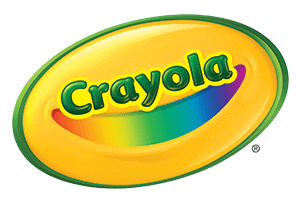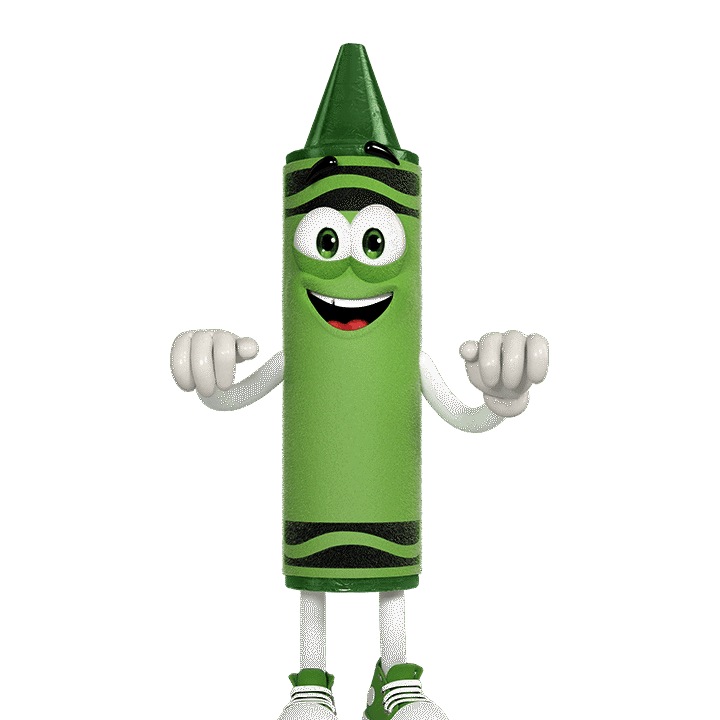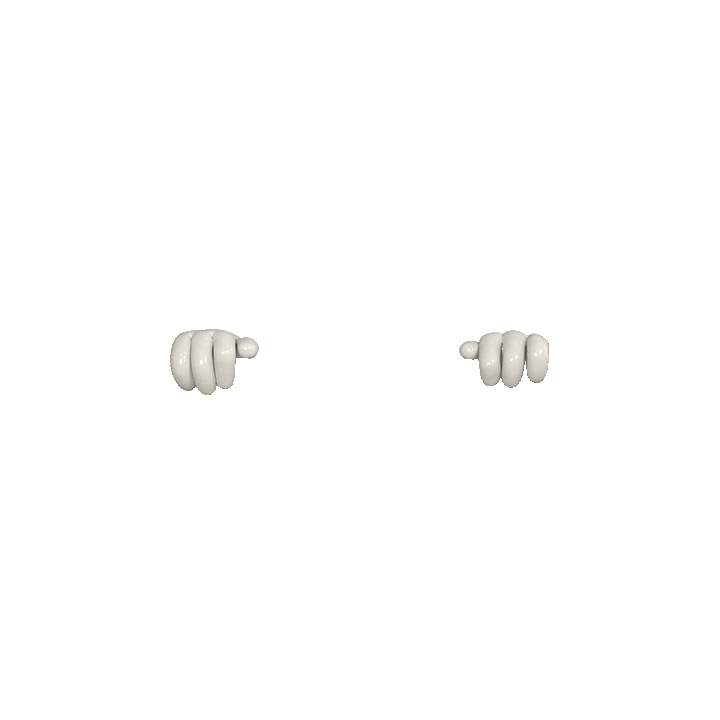Frequently Asked Questions
What are skin tones?
Your skin tone is the genetic amount of melanin, naturally occurring dark brown or black pigments, in the outermost layer of your skin. Skin tones can change over time for various reasons.
What is your skin tone?
There are 3 traditional skin tones: Light, Medium, and Deep.
- Light or fair skin tone: Contains a small amount of melanin within the skin.
- Medium skin tone: Contains a fair amount of melanin within the skin, is a neutral colour, and has a beige appearance. This skin tone is often referred to as an “olive” colour.
- Deep skin tone: Contains a large amount of melanin within the skin.
What are undertones?
Undertones are the natural colours underneath the surface of your skin. Because undertones are under the surface of the skin, you can have the same skin tone as another person, but have a completely different undertone. Undertones are not based on skin tone. For instance, a light skin tone can have a warm undertone and a deep skin tone can have a cool undertone. Also, undertones remain the same, even when you tan. There are 3 traditional undertones: Rose, Almond, and Golden.
- Pink, blue, and/or red hues under the skin = Rose, pink or cool undertone
- A mixture of warm and cool hues typically the same colour as your skin tone = Almond, neutral or olive undertone
- Peach, yellow, and/or gold hues under the skin = Golden or warm undertone
What is your undertone?
You can identify your undertone by using the colour of your veins. In natural light, what colour are the veins under your skin on the inside of your arm or wrist?
- Blue and/or purple veins = Rose or cool undertone
- Colourless, same colour as your skin, and/or a combination of blue and green veins = Almond or neutral undertone
- Green and/or olive veins = Golden or warm undertone
Tips for selecting your Colors of the World skin tone crayon colour:
- Check out the colour panels on the side of the Colors of the World crayon box.
- Match: Use crayon box colour panels or create colour swatches.
- Select: Pick colours closest to your skin tone.
- Colour: Draw your #TrueSelfie with your unique colours!
Another way to find your skin tone crayon is to colour a small area on a piece of paper with the crayon colours closest to your skin tone. Compare the areas with the inside of your arm or wrist, and select the crayon colour that best matches your skin tone.
The Crayola Crayon colour name flesh was changed to peach in 1962 to recognize that not everyone’s skin tone is the same.
Throughout our history, we’ve continued to take steps to offer more inclusive products, as we believe every child should be able to creatively and accurately colour themselves. Our Crayola Colors of the World colouring tools include specially formulated colours designed to mirror and represent over 40 global skin tones across the world.
Throughout Crayola’s history, several crayon colours have been retired, marking significant moments in the evolution of our vibrant palette.
1990
For the first time in Crayola history eight colours were retired and placed in the Crayola Hall of Fame: blue gray, green blue, lemon yellow, maize, orange red, orange yellow, raw umber, and violet blue.
Eight new colours were added: cerulean, dandelion, fuchsia, jungle green, royal purple, teal blue, vivid tangerine, and wild strawberry.
2003
Celebrating a century of bringing colour to the world, Crayola introduced four new colours named by Crayola fans! To make room for the new hues, we bid farewell to blizzard blue, magic mint, mulberry, and teal blue.
The four new colours that were introduced are: inchworm, jazzberry jam, mango tango, and wild blue yonder.
Kudos to our hue heroes – the consumers who voted in the “Save the Shade” campaign, ensuring burnt sienna stayed in the pack.
2017
To mark National Crayon Day on March 31st, we announced Dandelion was leaving the pack. To honor this iconic colour, we sent Dandelion on a retirement tour to his favorite places. His replacement, Bluetiful, was announced on May 5, 2017.


